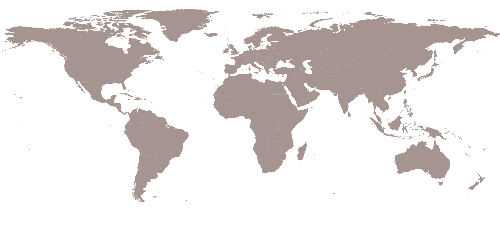4th prize ex aequo: Green Facades in India

In response to the rise of glass-clad buildings unsuited to India’s hot, semi-arid climate, architect Divya Jyoti from Pune developed a sustainable façade system using locally sourced red sandstone. Arranged as a flexible grid of windows and planters, the façade incorporates vegetation to provide shade, reduce temperature fluctuations, and enhance building character. Independent from the structural grid, it allows design adaptability and supports local labour. The jury praised its relevance for both new construction and retrofits, noting the project’s successful focus on local solutions over global design trends.









